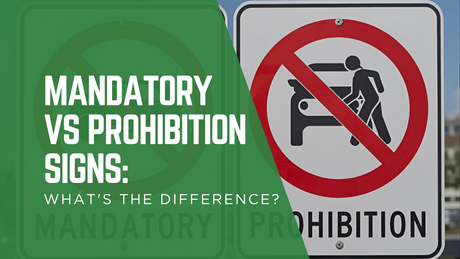When it comes to protecting our hands, gloves are essential accessories that offer not only safety but also comfort and style. However, with numerous glove types available on the market, finding the right one to suit your needs can be overwhelming. In this article, we will explore the three main types of gloves and guide you through the process of choosing the perfect pair for your specific requirements.
The Importance of Choosing the Right Safety Gloves
Safety gloves serve various purposes, including protecting our hands from the elements, preventing injuries, and maintaining dexterity. Selecting the right types of gloves is crucial to ensure that they effectively serve their intended purpose and offer the utmost comfort.
Understanding Different Types of Gloves
Disposable Gloves
Disposable gloves are commonly made from latex, nitrile, or vinyl materials. They are designed for single-use applications and are ideal for tasks that require hygiene, such as medical procedures, food handling, or cleaning. Nitrile gloves are known for their puncture resistance, while latex gloves offer excellent tactile sensitivity. Vinyl gloves are cost-effective and suitable for low-risk applications.
Leather Gloves
Leather gloves are a classic choice known for their durability and style. They are typically made from cowhide, sheepskin, or goatskin and offer excellent protection against abrasions and cold weather. Leather gloves are popular for outdoor activities like gardening, driving, and motorcycle riding.
Fabric Gloves
Fabric gloves come in a variety of materials such as cotton, wool, and synthetic blends. They are lightweight, breathable, and often used for casual or light-duty tasks. Fabric gloves are suitable for activities like hiking, running, and daily chores.
Factors to Consider When Choosing Gloves
Purpose and Usage
Identify the primary purpose of the gloves and the specific tasks you'll be using them for. Different activities require different levels of protection and functionality.
Size and Fit
A proper fit is essential for gloves to provide maximum comfort and dexterity. Measure your hand size and consult the manufacturer's sizing chart to find the right fit.
Material and Durability
Choose the appropriate material based on the intended use of the gloves. Consider factors like durability, flexibility, and resistance to chemicals or weather conditions.
Weather Conditions
For outdoor activities, select gloves suitable for the prevailing weather conditions. Insulated gloves are necessary for cold environments, while breathable and moisture-wicking gloves are ideal for warmer climates.
Style and Aesthetics
Gloves come in various styles and designs. Consider your personal preferences and how the gloves complement your overall attire.
Gloves for Different Activities
Work Gloves
Work gloves are designed for rugged tasks that require hand protection. Depending on the job, options include cut-resistant gloves, impact-resistant gloves, and thermal gloves for extreme temperatures.
Sports Gloves
Sports gloves cater to different activities such as cycling, weightlifting, and skiing. They are engineered to enhance grip, protect against impact, and provide additional support for the wrists.
Fashion Gloves
Fashion gloves are primarily meant to elevate your style and can range from elegant evening gloves to casual touchscreen gloves.
Caring for Your Gloves
To prolong the lifespan of your gloves, follow the care instructions provided by the manufacturer. Regularly clean and maintain them based on the material they are made from.
Selecting the right type of glove is essential for ensuring hand protection, comfort, and style.
Understanding the various types of gloves available and considering factors like purpose, size, material, weather conditions, and aesthetics will help you make an informed decision.
FAQs about Safety Gloves
Q: Can I wash my leather gloves?
A: It's generally best to avoid washing leather gloves as it may damage the material. Instead, wipe them clean with a damp cloth and treat them with leather conditioner occasionally.
Q: Are nitrile gloves suitable for people with latex allergies?
A: Yes, nitrile gloves are an excellent alternative for individuals with latex allergies as they are latex-free.
Q: Can I use fabric gloves for heavy-duty tasks?
A: Fabric gloves are not designed for heavy-duty tasks. They are better suited for light chores and activities.
Q: Are there gloves specifically for touchscreen devices?
A: Yes, touchscreen gloves have special conductive material on the fingertips, allowing you to use your devices without removing the gloves.
Q: How often should I replace my disposable gloves?
A: Disposable gloves should be replaced after each use to maintain hygiene and effectiveness.




